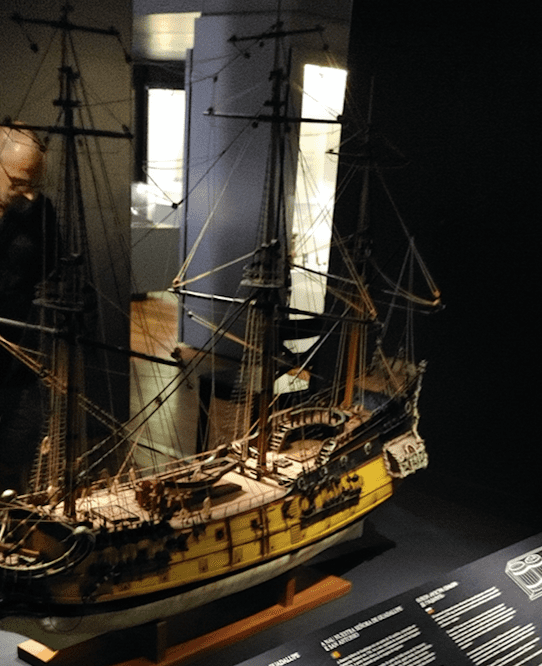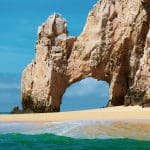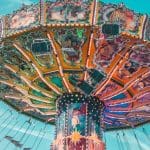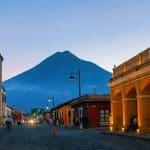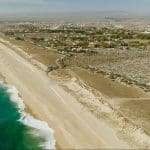City was home to many firsts
IAN STALKER
Dominican Republic tourism authorities can argue that their city is in first place.
Or at least first place when it comes to a number of firsts for not only the region but also this hemisphere.
Ministry of tourism worker and tour guide Prudencio “Pruddy” Ferdinand says the city was home to the first hospital, first cathedral and first university in the Western Hemisphere, prompting him to declare that Santo Domingo is home to a number of “primacies of the Americas.”
Santo Domingo’s long past is highlighted in its Colonial Zone, an almost two-kilometre-square area of restored Spanish colonial structures found behind a fortified wall that long ago was used to protect the city from the likes of pirates.
But Ferdinand says those who choose the Dominican Republic as a vacation destination are sometimes unaware of its historical side, often associating the Dominican Republic with just beach-fronting resorts.
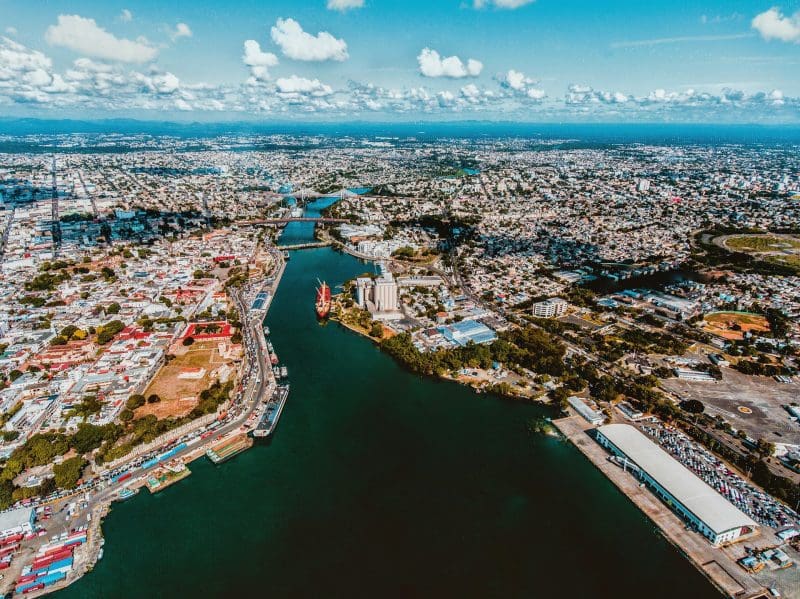
“Our (the tourism ministry) No. 1 priority right now is to promote (all) the Dominican Republic, not just Punta Cana,” he says. “Santo Domingo is a cultural city.”
Those exploring the old quarter — which has UNESCO World Heritage Site status — will find the likes of open-air restaurants and boutique hotels in a district that can be viewed on foot, guided bike tours, a tourist choo-choo train, and even carriages that were once pulled by horses but are now powered by batteries because of animal welfare concerns.
A particularly old structure dates back to 1502, once serving as a home. Christopher Columbus’ son Diego was among those who lived in the city.
Specific attractions include the Museo de Las Atanazares Reales, found in a museum housed in a 16h-century building that provides insights into the nautical history found off the Dominican Republic’s shores. The museum displays items salvaged from some of the many ships that sank off Dominican Republic coasts long ago, including some of the 3,000 pipes that were recovered from a doomed Dutch vessel and 16th-century plates from China recovered from another ship.
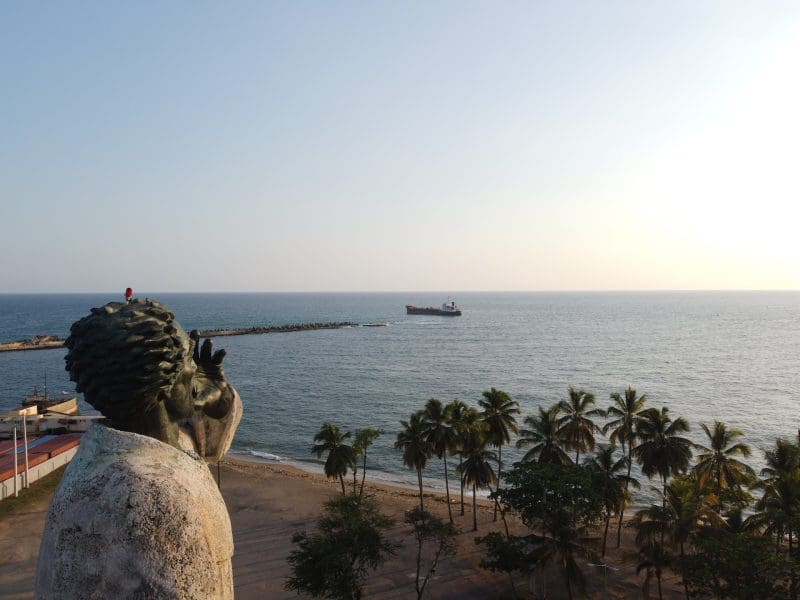
Ancient cannons are displayed in the museum and there’s a recreation of the cramped living quarters sailors would have experienced in bygone centuries.
Visitors will also learn of Battle of San Domingo, which was the last fleet engagement of the Napoleonic War, and saw the emperor’s vessels routed by British ships in Dominican waters. Visitors will also learn of archaeologists’ efforts to recover sunken artifacts.
“Nobody realizes we have these shipwrecks,” Ferdinand states of the country’s marine archeology. “This is very unique,” Ferdinand adds of the Dominican Republic’s historical side. “Santo Domingo is not (the famed beach resort) of Punta Cana.”
Santo Domingo-based Arajet links both Montreal and Toronto with the Dominican republic capital.
